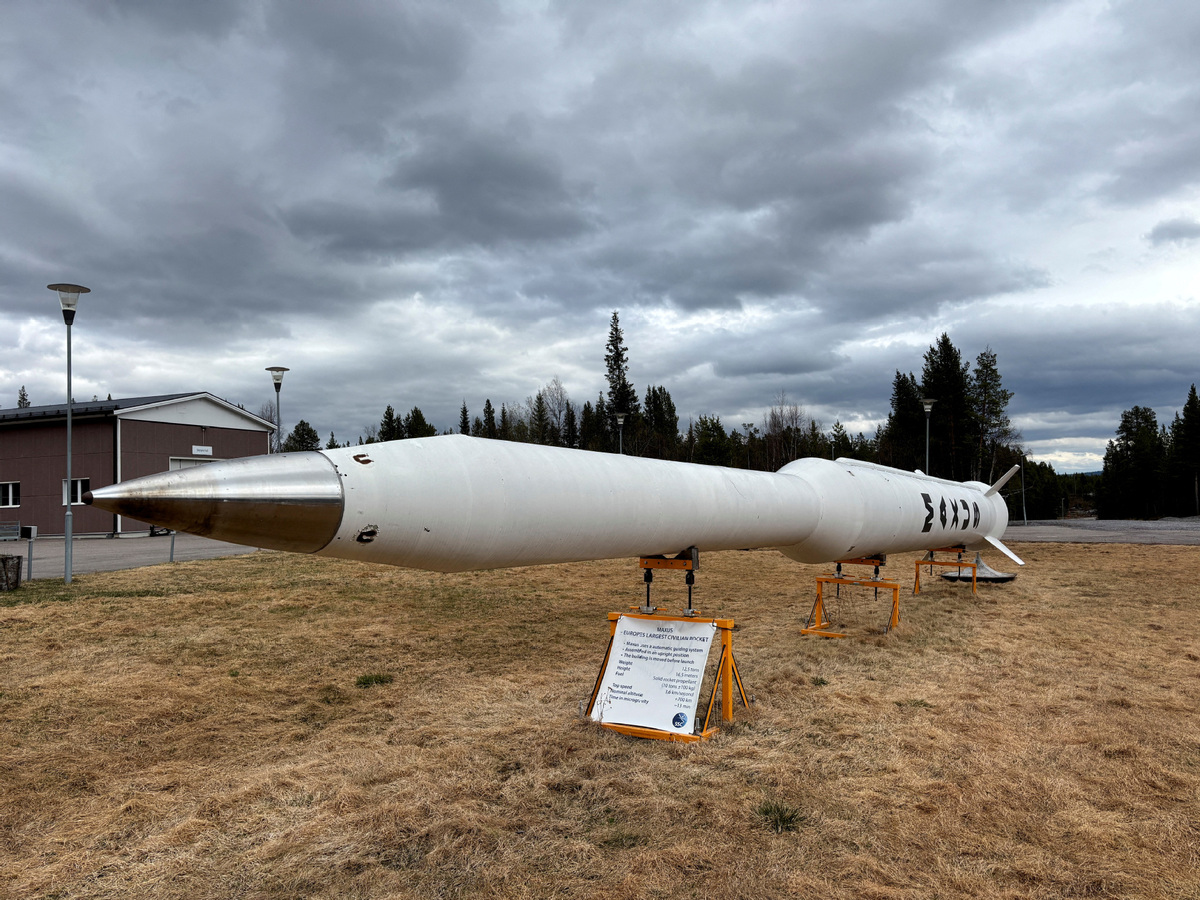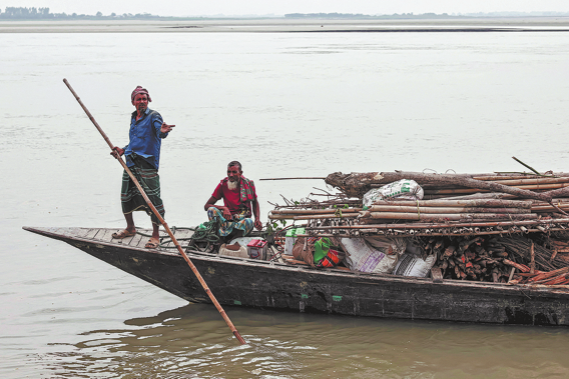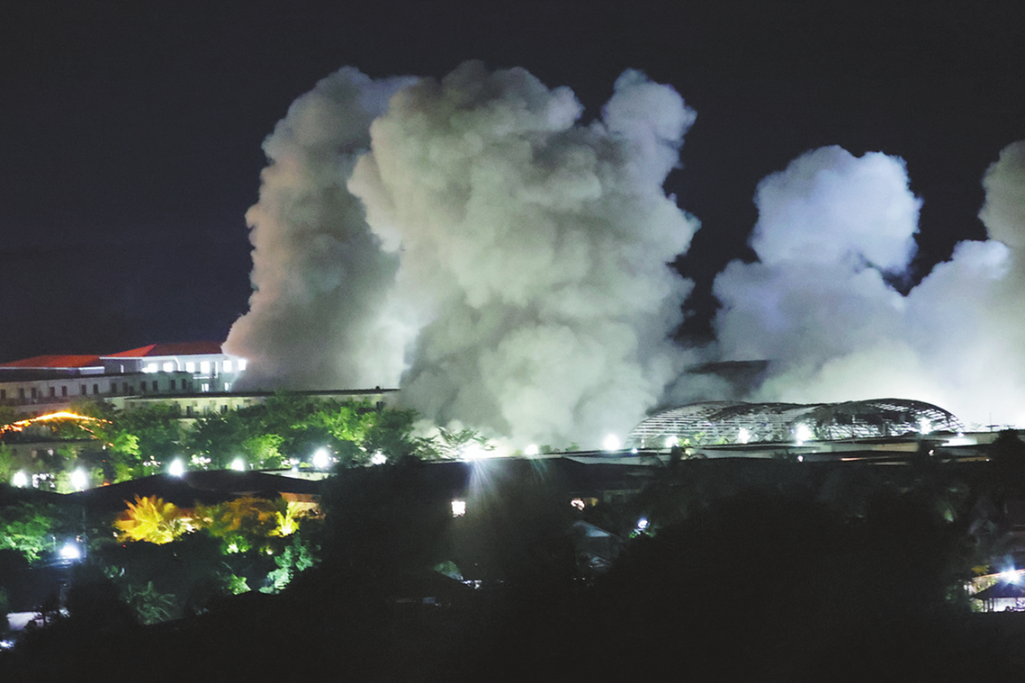Europe looks to build space independence


Two small spaceports in the far north of Sweden and Norway are at the center of European hopes of establishing the continent's own satellite launch facilities to decrease reliance on support from the United States.
In 2024, the US sent hardware into space on 154 launches, compared to just three by Europe, and currently the only launch facility available to Europe is in French Guiana, in South America.
Against a backdrop of the America First policy of the current White House administration, and uncertainty over Elon Musk's Space X program, European authorities are trying to come up with appropriate alternatives of their own.
"We've lost (in) competition to, let's say, Elon Musk ... and definitely we need to have our (own) autonomous launching possibilities," Andrius Kubilius, European commissioner for defense and space, told Reuters. "That's why the development of launching possibilities on the European continent, both in Sweden and Norway, is very important."
Stefan Gustafsson, former chief strategist at the state-owned Swedish Space Corporation, or SSC, added: "Europe lacks defense space infrastructure to a dangerous degree. So, we really need to put efforts there, and that is done now. I only hope that they will do it a little bit in a new way, so that we are not stuck into long, huge institutional processes once again."
Sites at Esrange, in northern Sweden, and on the island of Andoya in the north of Norway, which is not a member of the European Union, but which, like Sweden, is a member of the NATO military alliance, have emerged as leading candidates.
Andoya, which was recently visited by a NATO delegation, is currently licensed for 30 launches per year, and in March conducted its first launch, of a rocket built by a German startup called ISAR Aerospace.
Although the flight was only brief before the launch vehicle fell into the sea in a designated area, it was deemed a success. The facility's remote geographical location, far away from significant air or sea traffic, is a major advantage.
ISAR aims to have commercial flights beginning next year, and its schedule is already heavily booked up, with the company's co-founder, Daniel Metzler, saying that defense ministries from many countries have shown interest.
"Frankly, I think probably the biggest driver was (US President Donald) Trump getting elected once again," he said. "As such, Trump probably did more for European defense than any European politician before him. It really created a huge sense of urgency."
Esrange also benefits from being isolated and is 200 kilometers above the Arctic Circle, surrounded by large areas of uninhabited land, with little air traffic and minimal light pollution.
"There is much work to do," said Lennart Poromaa, director of Esrange and the former president of science services at the SSC. "Within a year or so, we'll probably have the entire base ready."
The United Kingdom, another non-EU nation, also has a spaceport facility at SaxaVord in the Shetland Islands archipelago, midway between the north of the Scottish mainland and the coast of Norway.
It has yet to launch any satellites, but the website Aerospace Testing International reported that licences for orbital vertical launch are in place, and the site has attracted interest from German space exploration groups.
































